Starting the day with health news, readers can also read more articles: What medicines should be in the family medicine cabinet?; Woman panics when sweat turns blue ...
Expert: This is the food you should eat after exercise
Diet experts share a snack that helps you recover quickly after exercise.
Applying his expertise, Dr. Varun Katyal, an Indian nutritionist, reveals: The body needs a healthy snack after exercise to provide energy and satisfy hunger.

The body needs a healthy snack after a workout to provide energy.
And one energy-rich food to eat after exercise is pistachios.
The American Academy of Nutrition and Dietetics recommends fueling with a mix of protein and carbohydrates 15 to 20 minutes after workout to help restore muscles and replenish muscle glycogen stores.
Pistachios are an ideal balance of carbohydrates, protein and fat. A handful of pistachios a day can boost your nutrient intake, which is great for your health and may even help reduce your risk of disease.
Sakshi Lalwani, a famous Indian nutritionist, also said that pistachios are a source of green energy, a great snack for post-workout recovery. Readers can read more about this article on the health page on September 13.
What medicines should be in the family medicine cabinet?
If symptoms are severe, the patient should be taken to the hospital for treatment immediately. Fortunately, most of the health problems we encounter every day are minor and can be treated at home with medicines available in the family medicine cabinet.
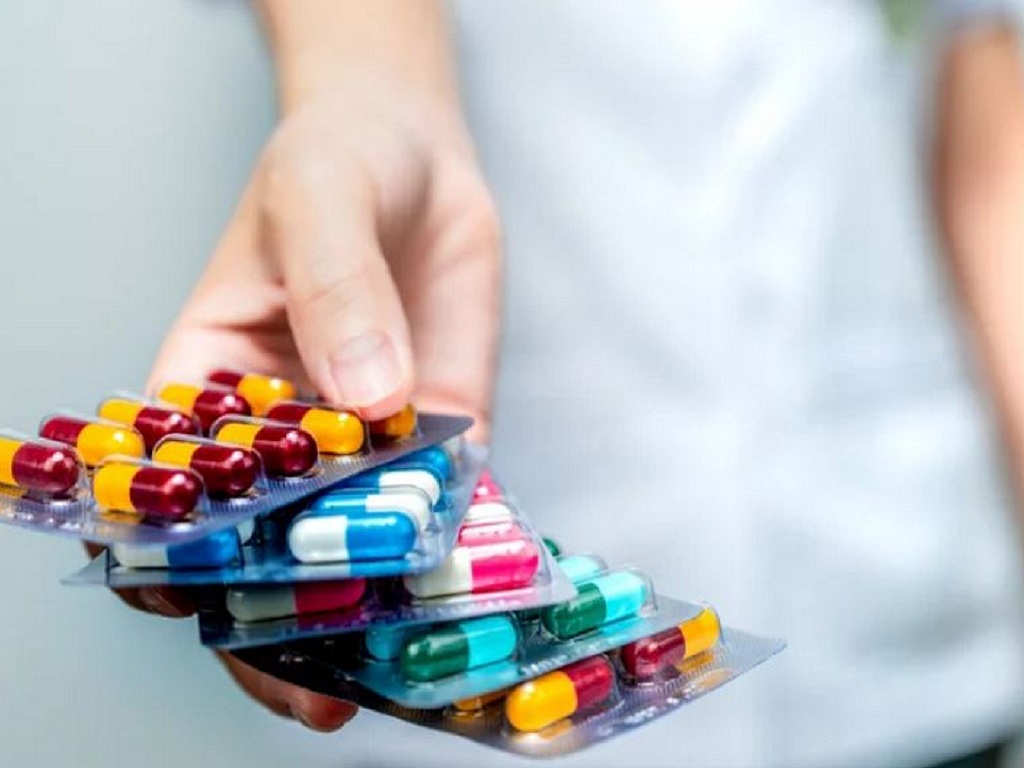
Cold, nasal congestion and diarrhea medications are essential items to have in your home medicine cabinet.
In addition to medicines, people also need some medical supplies in their medicine cabinet. In addition, depending on each person's health problems, specifically asthma, diabetes, high blood pressure, the patient will need to stock up on the appropriate medicine.
In general, every family's medicine cabinet should have the following medicines:
Fever and pain relievers. Over-the-counter pain relievers and fever reducers such as aspirin, acetaminophen, and ibuprofen are the first things to have in your medicine cabinet. Of these, acetaminophen, also known as paracetamol, is the most commonly used.
When using acetaminophen, patients should not arbitrarily combine it with other cold and cough medicines because this can cause overdose and dangerous side effects, including liver damage. Experts also warn that over-the-counter pain relievers and fever reducers such as aspirin, acetaminophen and ibuprofen should not be taken with alcohol. People who regularly drink alcohol should consult their doctor before using these drugs.
Decongestants. Pseudoephedrine and phenylephrine are two commonly used decongestants. However, experts note that some cold medications contain antihistamines that cause drowsiness and also contain acetaminophen.
Therefore, if you have taken these drugs, you should avoid using products containing acetaminophen. The next content of this article will be on the health page on September 13.
Strange story: Woman panics when sweat turns blue
A woman in the UK was left horrified when her sweat turned blue. The cause was a rare condition that can cause sweat to turn black, green, yellow or brown.
Keisha Sethi, 24, first noticed her strange condition when she was seven months pregnant. Her boyfriend Brad first noticed a blue stain on the toilet seat.
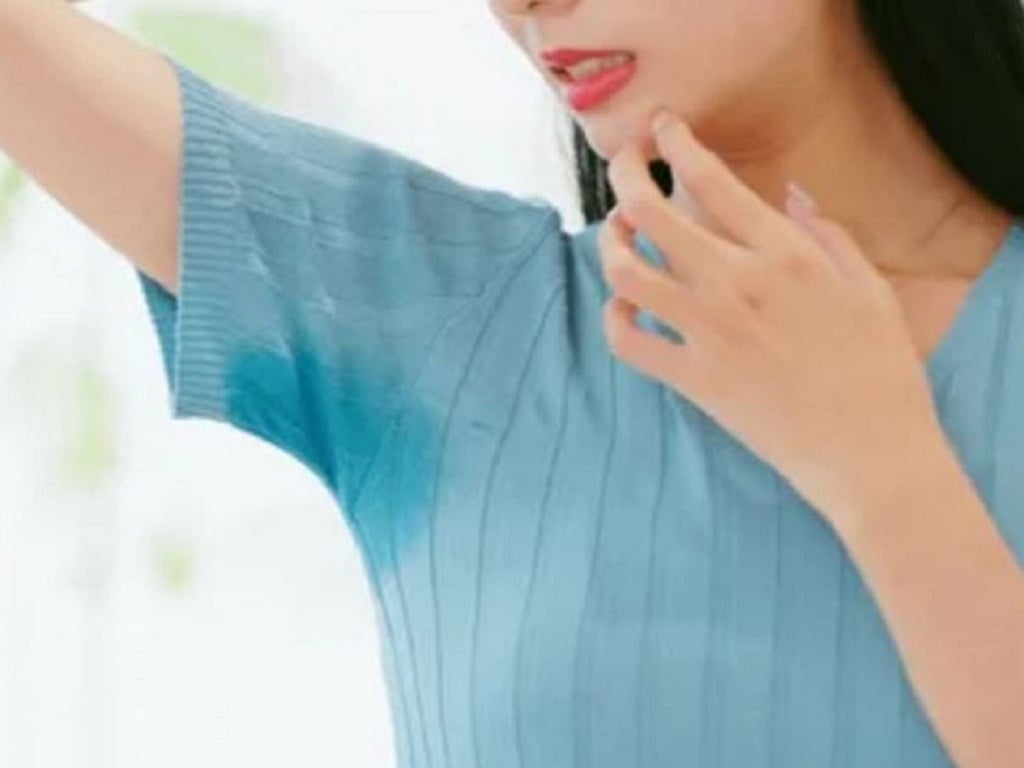
Keisha Sethi was shocked to discover she was sweating blue.
Ms. Sethi also began to notice blue stains on her clothes, blankets, and pillowcases. This left the couple confused as to where they were coming from. "It was like I was bleeding blue ink, I felt like an octopus. I didn't know what it was," Ms. Sethi said.
Fearing that the stains might be a sign of fetal distress, she immediately went to the doctor for a check-up. The subsequent diagnosis revealed that she had a rare condition called chromhidrosis, which causes the sufferer to produce colored sweat. In Sethi’s case, chromhidrosis was caused by a hormonal imbalance during pregnancy, which caused sweat glands to accumulate lipofuscin, a pigment that causes sweat to change color. Start your day with health news to see more of this article!
Source link



![[Photo] Unique folk games at Chuong Village Festival](https://vstatic.vietnam.vn/vietnam/resource/IMAGE/2025/4/10/cff805a06fdd443b9474c017f98075a4)



![[Photo] Prime Minister Pham Minh Chinh chairs meeting to discuss tax solutions for Vietnam's import and export goods](https://vstatic.vietnam.vn/vietnam/resource/IMAGE/2025/4/10/19b9ed81ca2940b79fb8a0b9ccef539a)


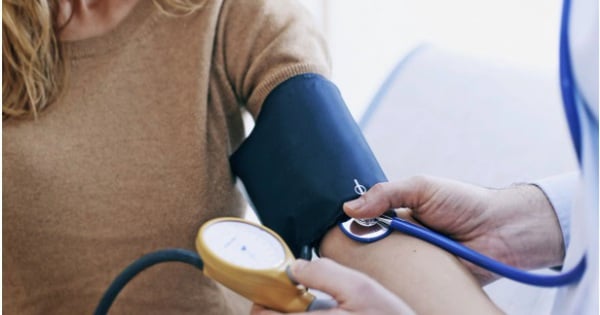






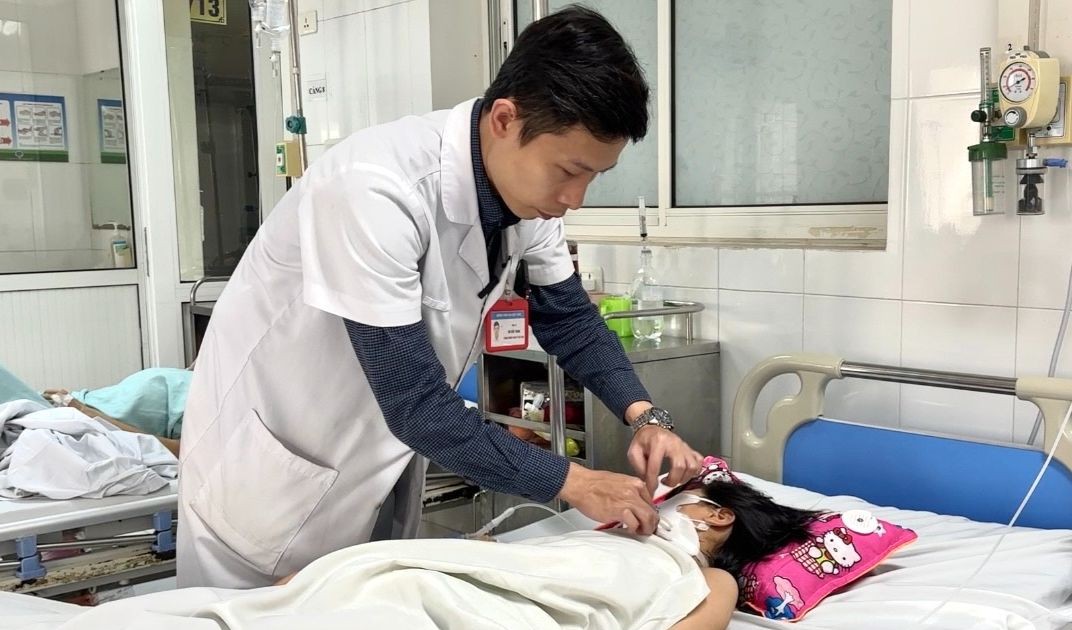









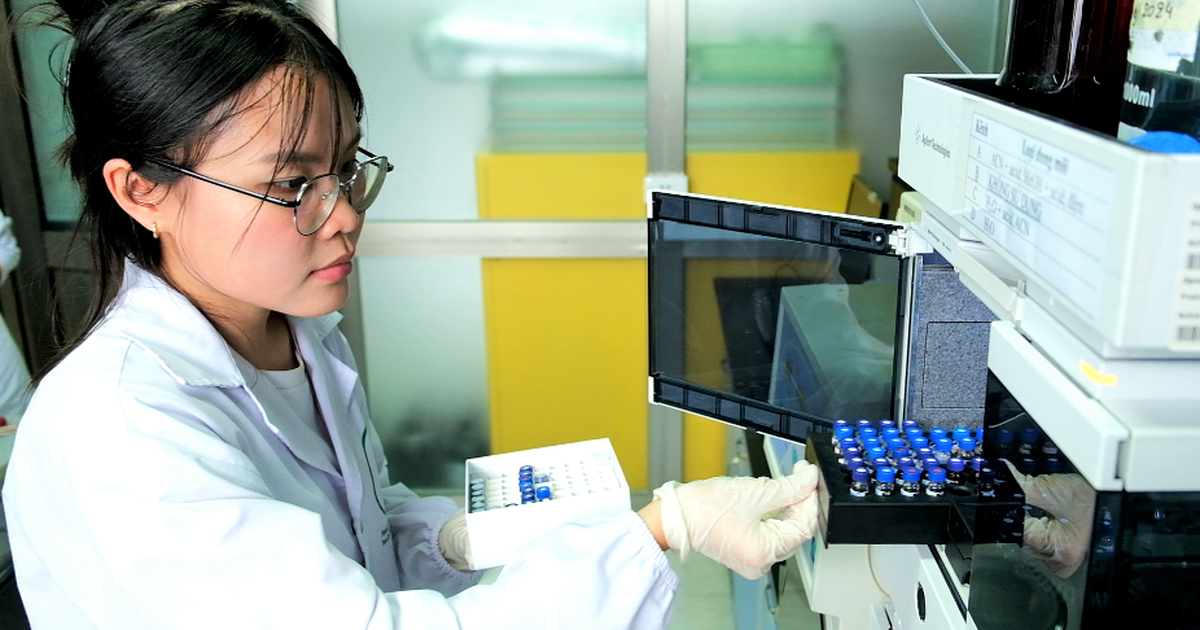



































































Comment (0)